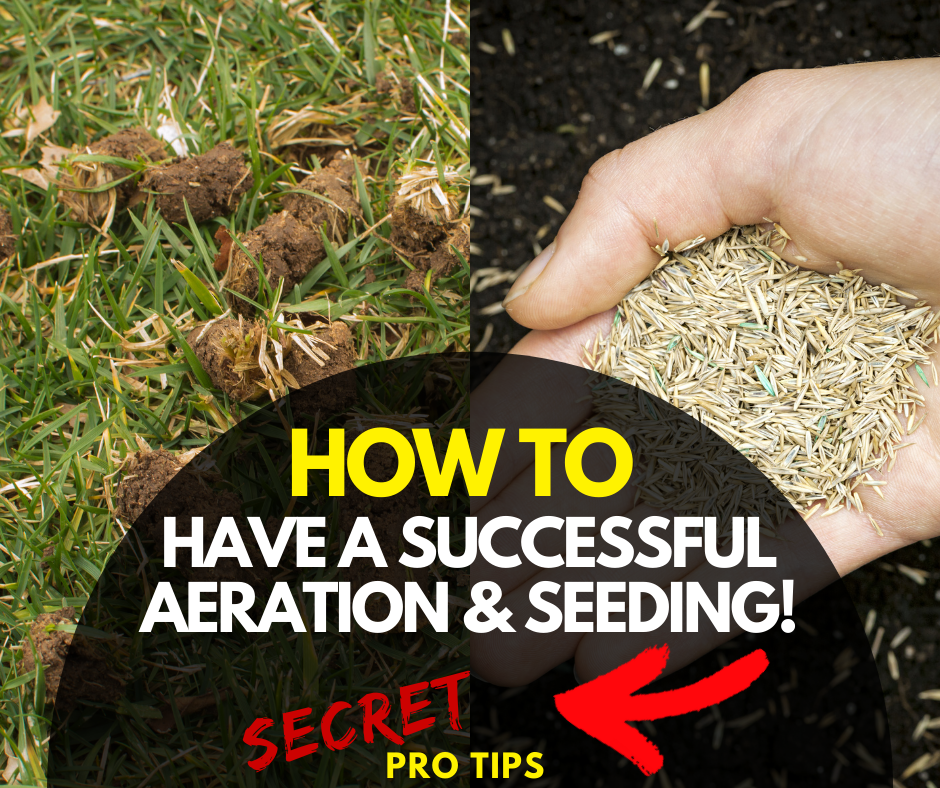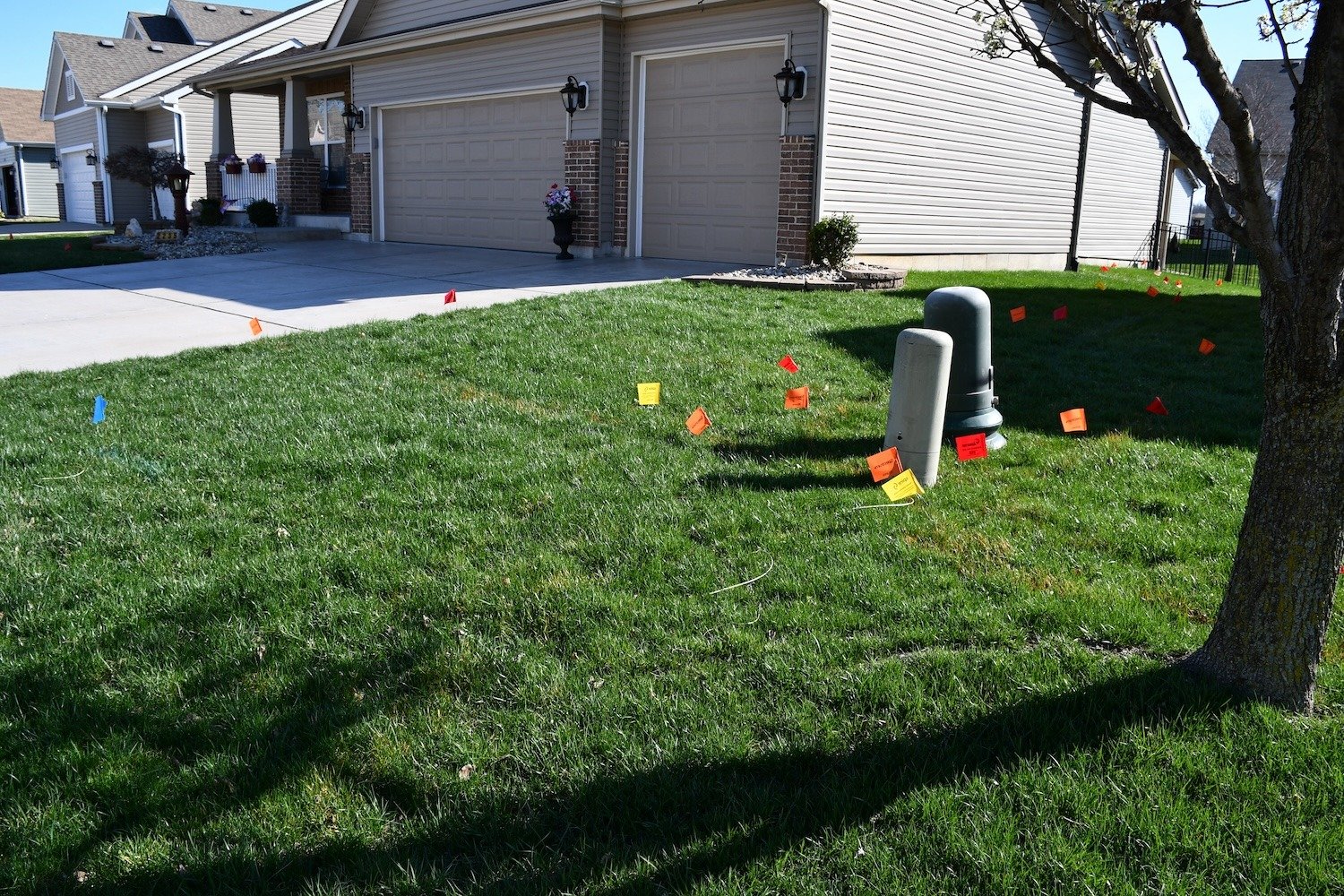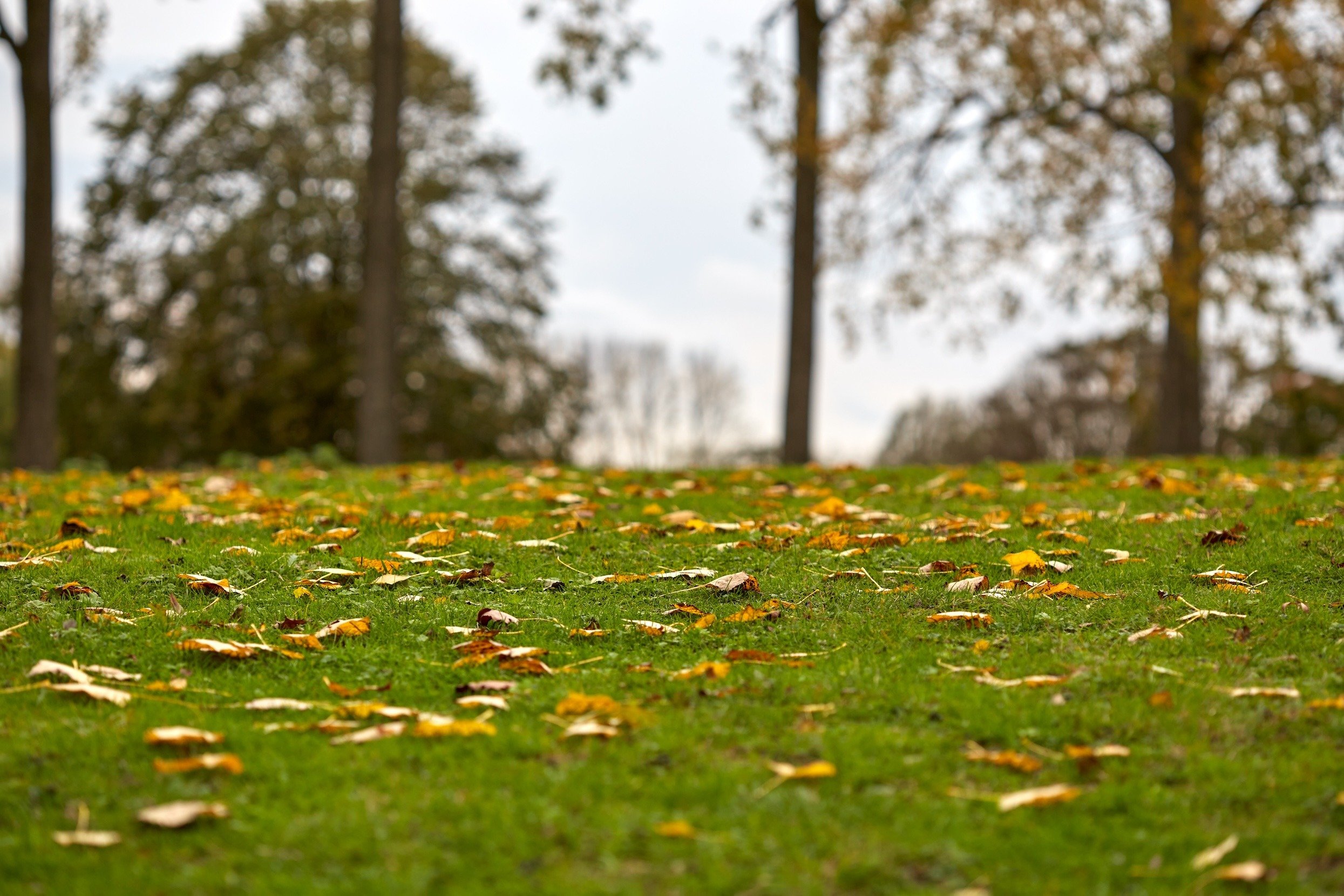How To Prep For Aeration & Seeding
So you've scheduled your aeration and seeding with us. Awesome! We're so happy that you've chosen Top Turf to lead you in your lawn care journey....

Just had your lawn aerated and seeded? Great news—you’ve taken the first step toward a thicker, healthier lawn! Now it’s time to make sure your new grass seed has the right conditions to grow strong. Follow these simple steps to give your lawn the best chance at success.
Those little soil plugs left behind after aeration may not be the prettiest sight, but they play an important role.
As the plugs naturally break down from rain, watering, and time, they return valuable nutrients back into the soil. They also help break up thatch, creating better seed-to-soil contact so your new grass seed can take root and grow strong.
Removing them too soon takes away that benefit.
Be patient—they’ll disappear on their own and help nourish your new grass!
Moisture is key for new seed growth. Our premium Tall Fescue seed typically takes 2–4 weeks to germinate, so watering correctly is essential.
Recommended watering schedule:
6:00 AM – 10–15 minutes
6:00 PM – 10–15 minutes
Watering in the early morning and evening prevents rapid evaporation and helps keep the soil evenly moist.
Note: Avoid watering in the middle of the day—the sun will dry out the water too quickly and may stress young seedlings.
Once you see new grass blades reaching about 2 inches tall, you can reduce watering and return to your normal schedule. This helps your lawn transition from germination to long-term health. You can find out how much to water your Tall Fescue grass here.
New grass needs time to develop strong roots before it can handle mowing. Too much foot traffic—or mowing too soon—can damage seedlings.
Pro Tip:
Wait until your new grass reaches 3–4 inches tall before mowing.
Keep your mower at its highest setting to avoid scalping the new lawn.
Tip: Tall Fescue thrives when kept around 3–4 inches tall! Keeping it at this height helps protect roots, conserve moisture, and encourage thicker growth. Want more pro mowing advice? Check out our full list of tips here.
Because of frequent watering, it’s normal to see some extra weeds during the seeding process. Don’t worry—this is temporary.
Weeds can be spot-treated carefully without disturbing your new grass.
If you’re enrolled in our Fertilization & Weed Control Program, we’ll handle it for you.
Not signed up yet? Contact us for details on how to get started.
It’s common for some areas to need a little extra seed.
We provide a small bag of seed with your service so you can touch up thin areas yourself.
If you need more seed or want us to spot-seed for you, just give us a call—we’ll be happy to help.
By following these steps, you’ll give your lawn the best chance to fill in lush, green, and strong. If you have any questions along the way, don’t hesitate to reach out to your local branch—we’re here to help.

So you've scheduled your aeration and seeding with us. Awesome! We're so happy that you've chosen Top Turf to lead you in your lawn care journey....

We understand your eagerness to see a healthy green lawn and the results of your lawn care plan. Keeping that in mind, let's examine how long it...

When summer fades and cooler weather sets in, many homeowners mistakenly believe their lawn care routine can take a backseat. However, fall is a...